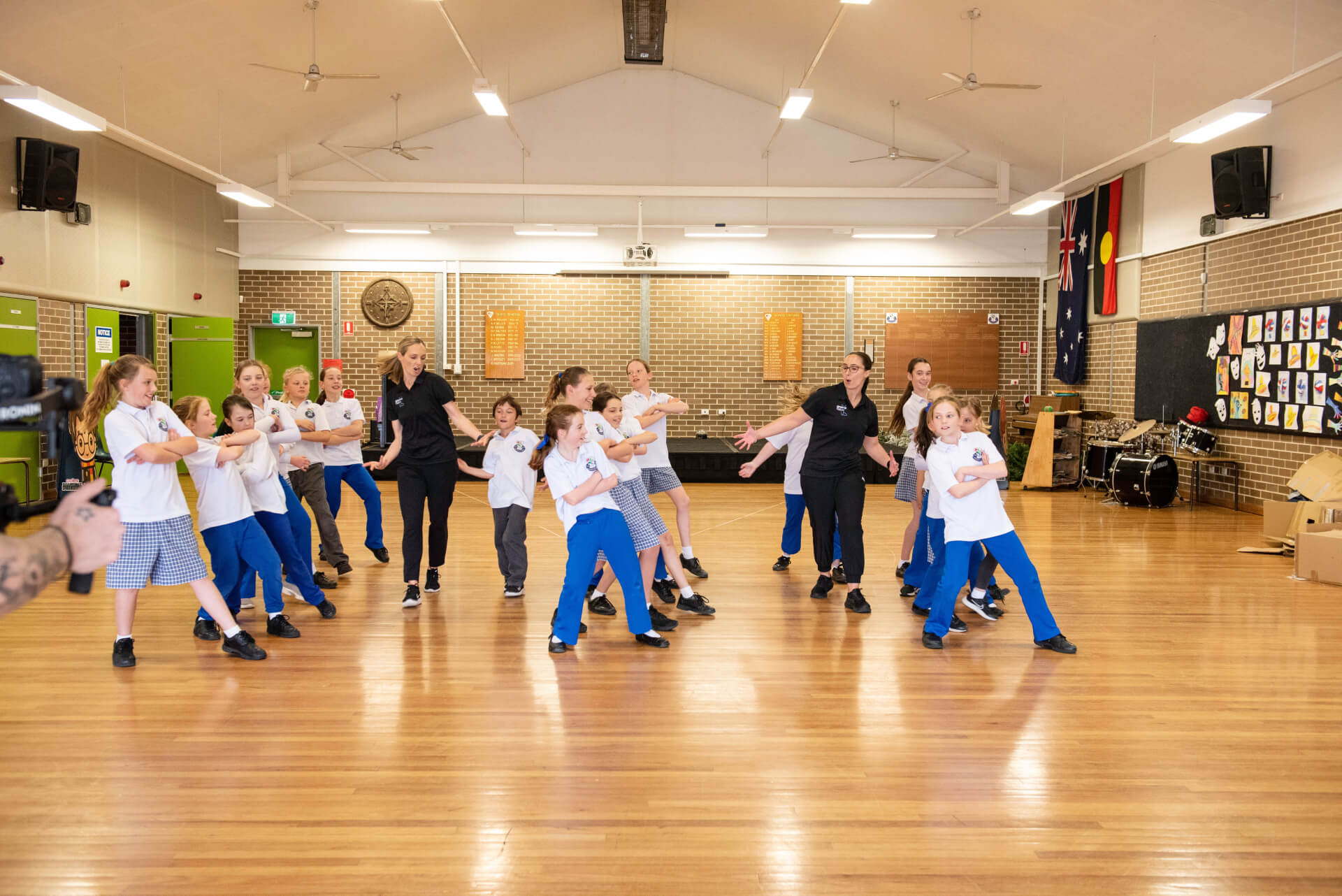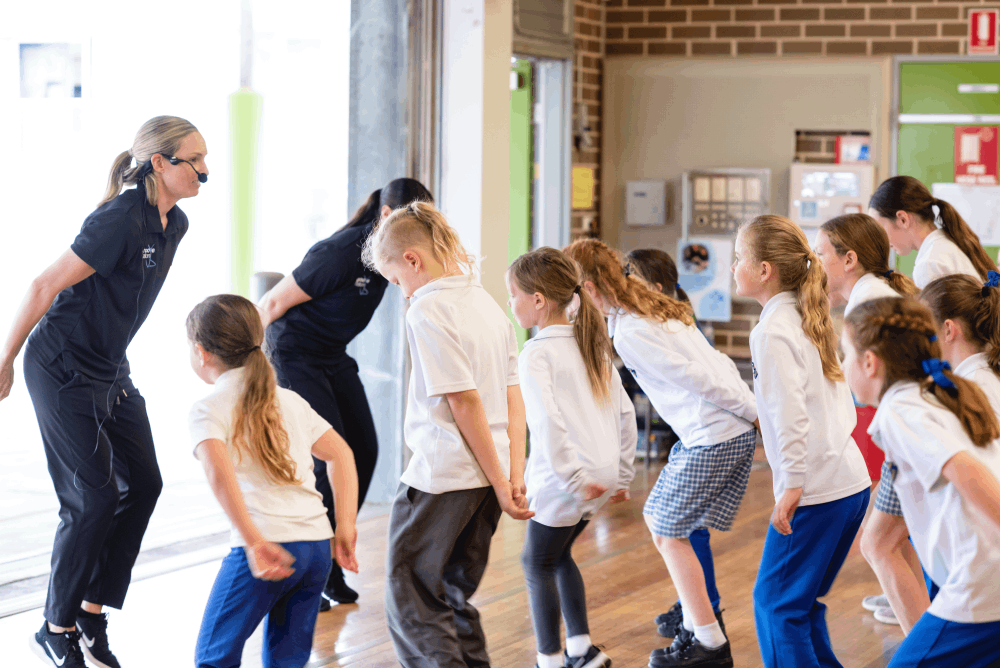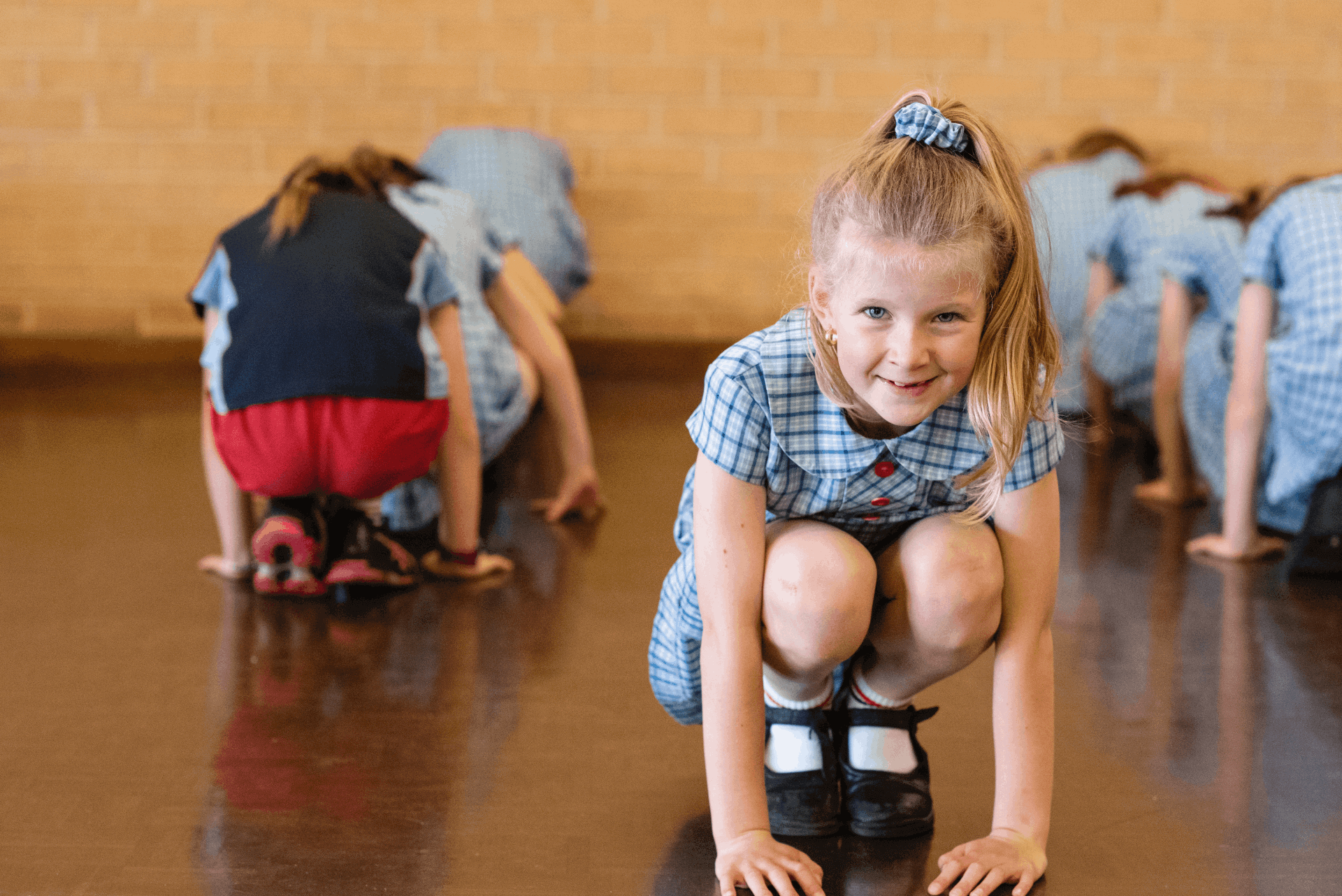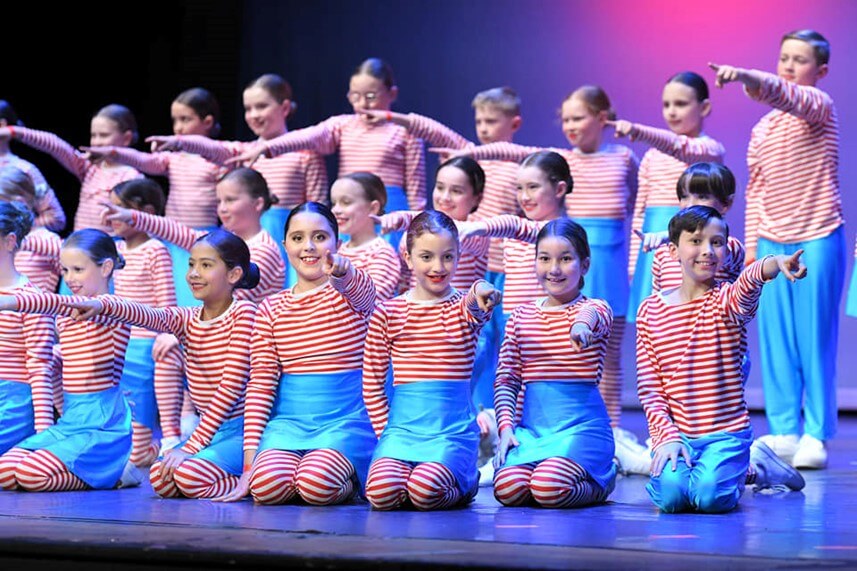4 Things to Look for in a School Dance Program – and why.
- Groove Nation
- February 13, 2023
- 11:14 am

School dance programs are fantastic! But putting extra pressure on teachers, disrupting student learning, or creating situations of student exclusion isn’t.
Outsourcing your primary school dance program is a hassle-free way to provide dance classes your students will love.
To help, we’ve pinpointed 4 things to look out for when choosing your school dance program, to guarantee your students remain engaged and learning, your teachers avoid burnout, and your school puts on dazzling performance events.
1. Resources are provided.
Fresh, engaging dance routines, fun, modern music, reliable equipment, tailored dance schedules, student notes, custom choreography to engage and appropriately challenge your students…we’re exhausted just typing that!
The list of requirements for an awesome school dance program is long. So, choosing a program that takes care of all the planning and resources for teachers is a game changer and a must-have (we’re long-term teachers, so we’re speaking from experience)!
A quality school dance program should include all the essentials mentioned, as well as assessment and reporting tools for teachers, dance items for performances and out of the box creativity.
Outsourcing your school dance program to an ‘all-inclusive’ provider saves your school and teachers time, but more importantly, ensures your students are receiving a purposefully designed dance education that maximises engagement, promotes diversity and showcases your school’s creative talents in the best light.
2. Rich meaningful learning is cultivated.
What do we mean by rich meaningful learning?
The concept and theory of meaningful learning is that learned information is completely understood and can be used to make connections with other previously known knowledge aiding in further understanding.
What should a dance program include to cultivate meaningful learning opportunities?
The dance program and provider –
- creates an engaging environment to reduce fear and anxiety around dancing and participating in group activities,
- teaches choreography and dance themes with an equitable approach and makes students feel safe and included, and;
- provides creative learning funnels that incorporate a range of Key Learning Areas (KLA’s) into lessons.
According to Amy Tasker, Owner and Director of school dance program provider, Groove Nation, “The consequence (of this) is that students sometimes become noticed for their talents in an area that they may not have been otherwise exposed to, whilst also developing their knowledge in other subject areas via Kinesthetic learning”.
Groove Nation has been a frontrunner in providing primary school dance programs that not only provide rich, meaningful learning experiences for students but also have a positive effect on some students who have historically struggled academically – you can learn more about our programs here.
3. Always be equitable, inclusive, and varied.
Science tells us that ‘Learning’ is a combination of Teaching (what is taught and how it is taught) + Student Perceptions (about the material being taught and about themselves).
We know school dance is an effective way for students to learn a range of concepts and a successful dance program will acknowledge the importance of varied teaching techniques, program content and adapting for student understanding.
It might seem obvious that a program should be run by qualified and experienced teachers but it’s just as vital that the program is taught in an inclusive and equitable way.
This gives students the best chance of feeling comfortable expressing themselves, experimenting creatively and engaging in concepts. Ultimately, this creates an optimal situation for students to construct knowledge and make connections in their learning.
4. Creativity is key.
Dance as a subject area is crucial in developing creativity and imagination which are both fundamental to problem-solving skills.
Creatively designed programs that integrate multiple KLA’s, traditional dances and broader topics like technology, literacy, and numeracy are a smart way to cover areas of the curriculum that dance teachers might not typically feel comfortable teaching.
An effective school dance program should provide classroom teachers with clear learning outcomes and ways in which to assess students, whilst centering around fun, creative dances that both students and teachers can be proud of.
If you’re looking for a dance program that fosters diversity, inspires creativity, and supports teachers, get in touch today.




